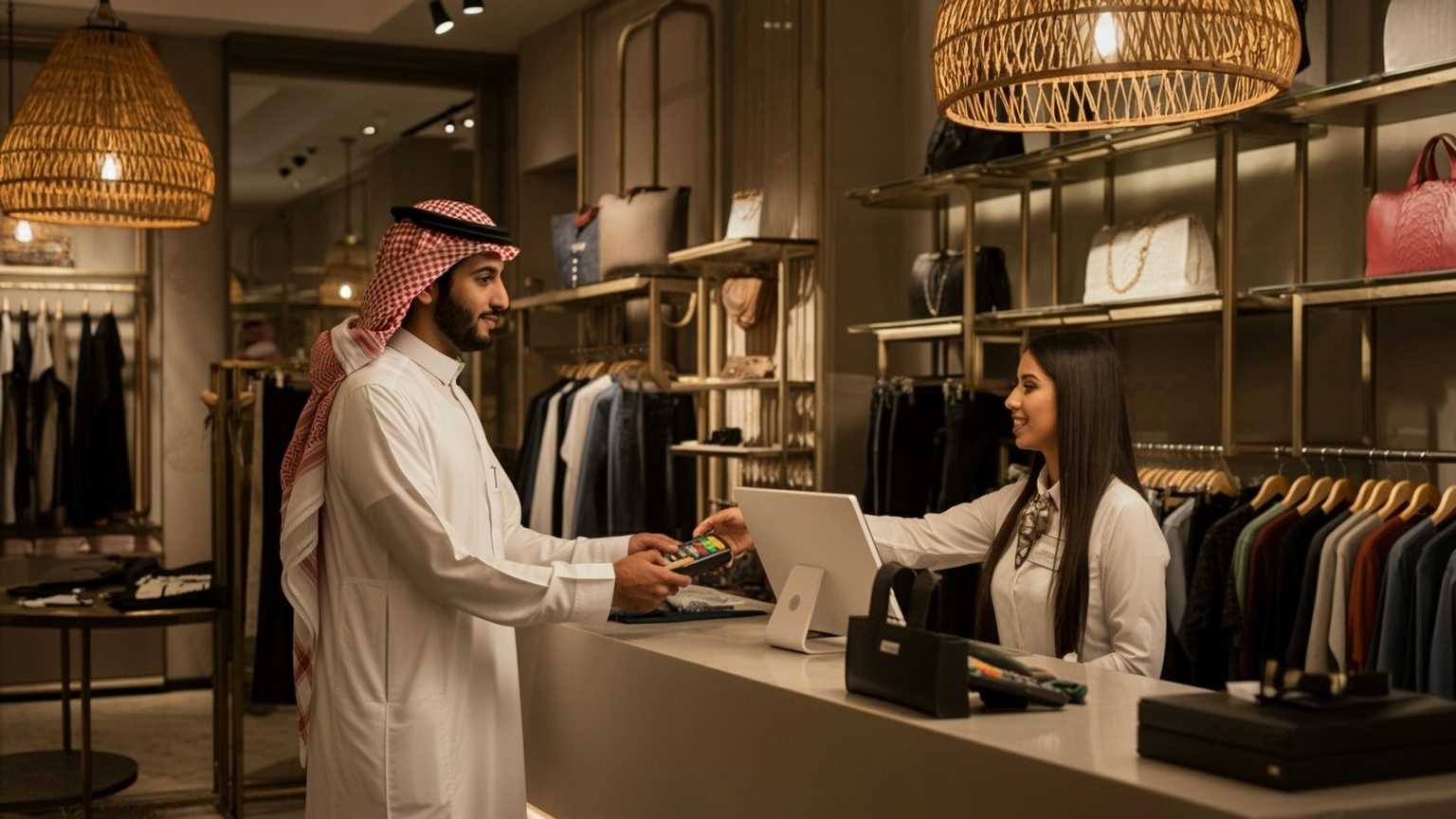The Middle East has emerged as a thriving hub for luxury retail expansion. Global brands are increasingly investing in the region due to its unique market dynamics and consumer behavior. This growth can be attributed to several key factors that continue to attract luxury retailers.
Wealth and High Disposable Incomes
High disposable incomes among residents contribute significantly to the demand for luxury products. Wealthy consumers in countries like the United Arab Emirates and Saudi Arabia seek exclusive brands that reflect status and prestige. This desire fuels continuous growth in luxury retail.
Urbanization and Premium Shopping Destinations
Rapid urbanization across major cities in the region has led to the development of high-end shopping destinations. Cities such as Dubai, Abu Dhabi, and Riyadh boast world-class malls that house luxury brands, offering consumers a lavish shopping experience.
Tourism Fuels Luxury Retail Growth
Tourism remains a major driver for luxury retail in the Middle East. The region attracts millions of affluent tourists annually who indulge in premium shopping. Iconic shopping festivals and exclusive events further increase sales for luxury retailers.
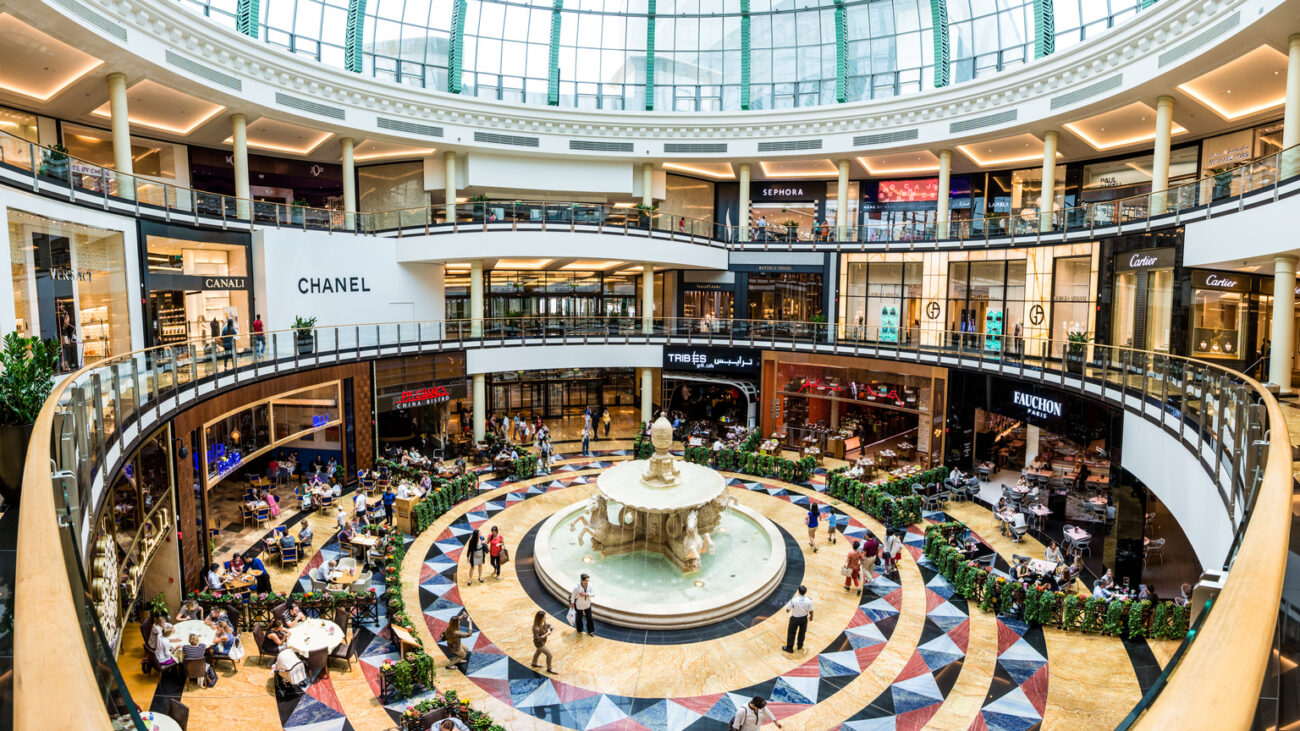
Government Policies Supporting Expansion
Favorable government policies also play a vital role in this expansion. Economic diversification efforts have encouraged international investments in retail and tourism. These initiatives create a business-friendly environment for global luxury brands.
Influence of Young, Fashion-Conscious Consumers
The Middle East’s young and fashion-conscious population drives demand for high-end products. Social media influences fashion trends, pushing luxury brands to expand their presence to engage with these consumers. High smartphone penetration amplifies this effect, making online marketing strategies highly effective.
Infrastructure Development and Luxury Growth
Infrastructure development in the region supports luxury retail growth. Latest developed malls, luxury hotels, and entertainment hubs provide ideal spaces for premium brands to thrive. These developments elevate the shopping experience and attract global attention.
Impact of Global Events and Initiatives
Events like Dubai Expo and Saudi Vision 2030 initiatives bring global attention to the Middle East. These projects increase tourism and boost retail sectors, providing luxury brands with opportunities to expand.
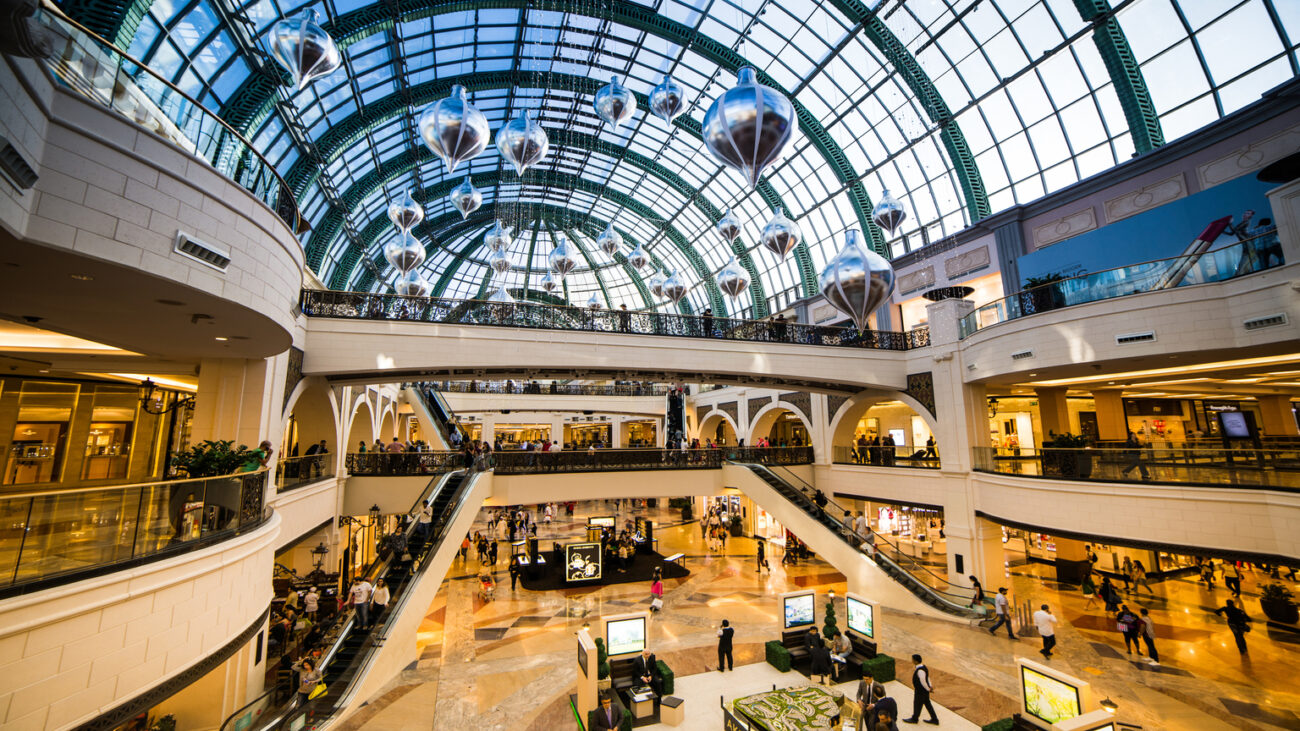
Personalized and Exclusive Shopping Experiences
Custom shopping experiences attract luxury consumers. VIP lounges, private viewings, and exclusive product launches create unique engagement opportunities. Such experiences strengthen the relationship between brands and consumers.
E-Commerce and Hybrid Shopping Models
E-commerce growth further supports luxury retail expansion. Online luxury shopping platforms offer convenience and accessibility to affluent buyers. Hybrid shopping models combining physical stores and digital channels enhance brand reach.
Strategic Partnerships and Local Collaborations
Strategic partnerships between global luxury brands and local businesses accelerate market entry. Collaborations with local influencers and designers create collections appealing to regional tastes. These partnerships boost brand relevance in the Middle East market.
Tax-Free Shopping Advantages
Luxury brands in the Middle East benefit from tax-free shopping in certain regions. This advantage attracts international shoppers and increases sales. Retailers capitalize on this by offering exclusive collections available only in regional stores.
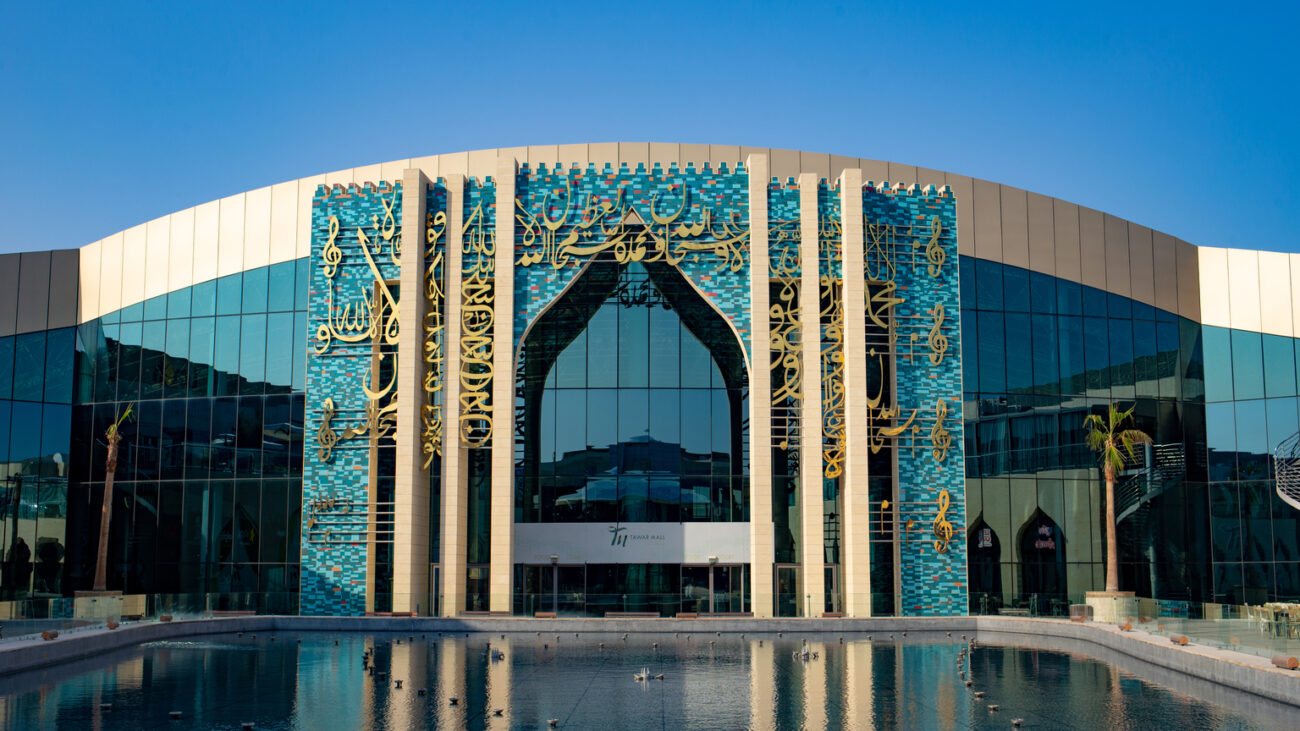
Fashion Weeks and Industry Influence
The luxury fashion sector also thrives due to international fashion weeks hosted in the region. Events in Dubai and Riyadh spotlight global fashion trends and attract top industry players. These events stimulate interest in luxury products.
Economic Stability Encouraging Investment
The region’s stable economy fosters a positive environment for retail investments. Economic resilience encourages global brands to expand without significant risk. This stability positions the Middle East as an attractive market for luxury retailers.
Architectural Marvels Complement Luxury Retail
Architectural marvels and luxury real estate developments further complement luxury retail. High-end residential areas and five-star hotels create prime retail locations. These spaces naturally draw luxury shoppers.
Premium Services Elevate the Shopping Experience
Exclusive services, such as personal shopping assistants and luxury concierge services, appeal to affluent customers. These personalized offerings enhance the overall shopping experience. Brands gain customer loyalty through such premium services.
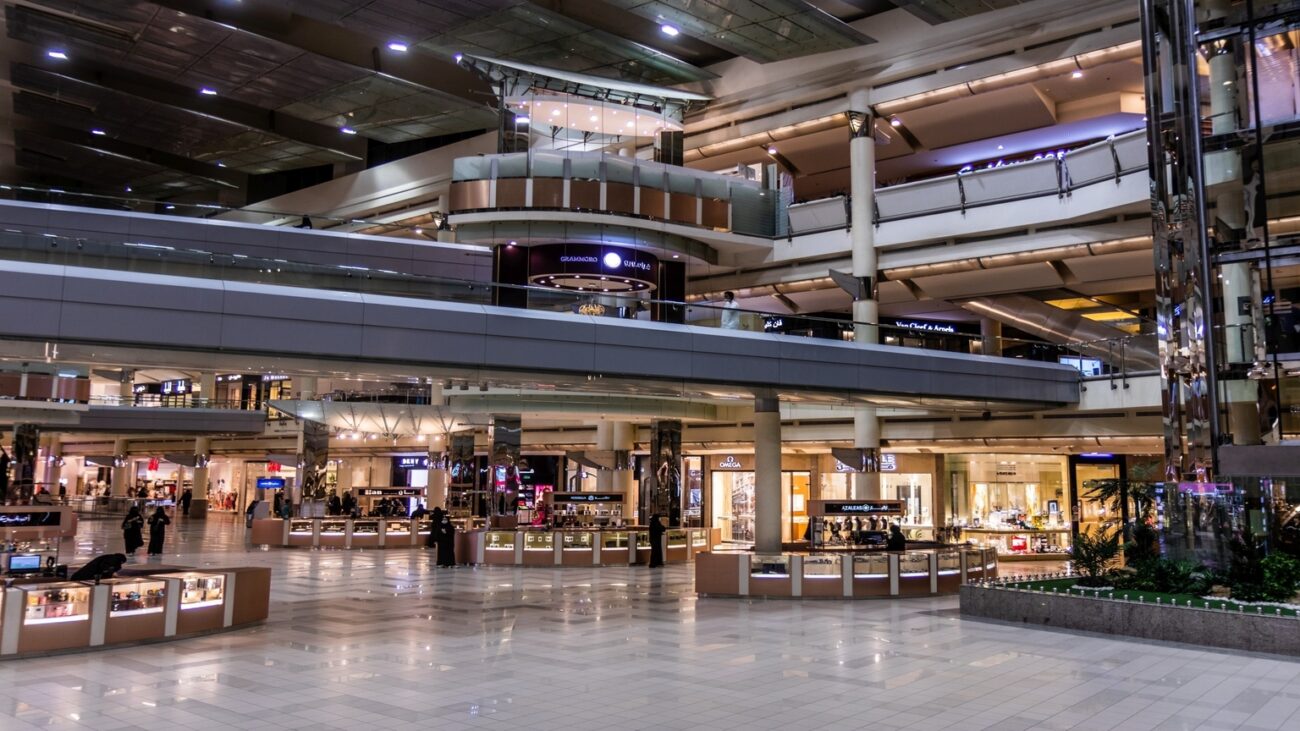
Luxury Automotive Growth Boosts Retail
Luxury car brands also expand rapidly in the Middle East. High demand for premium automobiles complements the region’s affinity for luxury living. This trend positively impacts other luxury sectors, including fashion and accessories.
Long-Term Growth Potential for Luxury Retailers
Global luxury retailers recognize the Middle East as a key market for long-term growth. Continuous investments in infrastructure, technology, and tourism strengthen this position. Brands expanding in this region secure access to a growing and affluent customer base.
Seize the Opportunity in the Middle East
Now is the perfect time for luxury brands to invest in the Middle East. The market continues to grow, driven by wealth, tourism, and modernization. Explore opportunities in this vibrant region and expand your brand’s global footprint.


